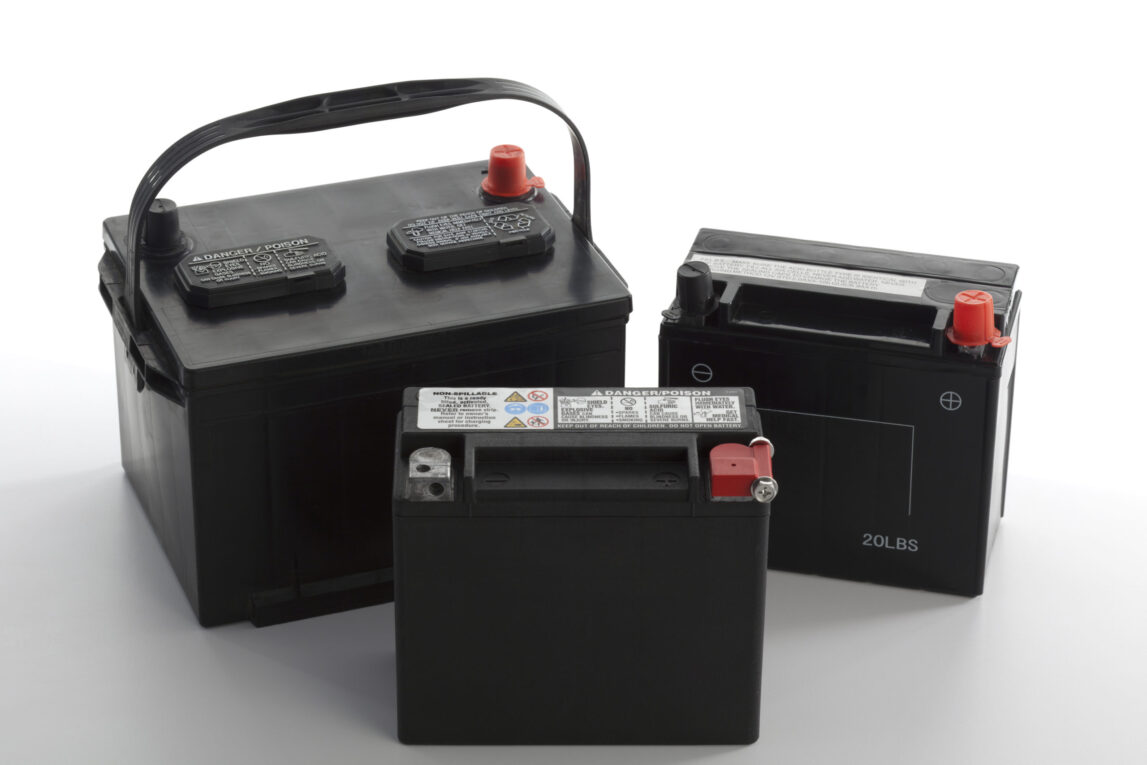The lead acid battery is one of the earliest rechargeable battery designs in the modern world that is still widely used today. Invented in 1859 by French physicist Gaston Planté, the lead acid battery has come a long way from its early designs and remains an affordable and reliable energy storage solution in many applications. Some key points about lead acid batteries:
– Made up of lead plates (anodes) and lead dioxide plates (cathodes) submerged in an electrolyte of sulfuric acid.
– During discharge, a chemical reaction occurs where the lead plates are oxidized to form lead sulfate and the lead dioxide plates are reduced.
– Charging works by passing current through the battery in the reverse direction, reducing the lead sulfate back to lead and reoxidizing the lead dioxide back to its original state.
– Used in starting, lighting and ignition applications in automobiles due to their high current delivery capabilities. Also see use as deep cycle batteries in electric forklifts, golf carts, boats etc.
– Despite newer battery chemistries, lead acid batteries still account for more than 50% of rechargeable battery demand due to their cost effectiveness and reliability.
Chemical Reactions Inside Lead Acid Batteries
The chemical reactions that occur during the different stages of charging and discharging help explain how Lead Acid Batteries work. During discharge:
– At the lead (Pb) anode: Pb → Pb2+ + 2e-
– At the lead dioxide (PbO2) cathode: PbO2 + 4H+ + 2e- → PbSO4 + 2H2O
– Overall reaction: Pb + PbO2 + 2H2SO4 → 2PbSO4 + 2H2O
During charging, the reverse reactions occur – lead sulfate plates are reduced back to lead and lead dioxide, and sulfate ions are returned to the sulfuric acid electrolyte. This cycle of partial oxidation and reduction is what enables the battery to be recharged hundreds of times over its lifespan.
Types of Lead Acid Batteries
There are a few different categories that lead acid batteries fall under based on their construction and usage:
– Flooded batteries: The classic design with liquid electrolyte that requires topping up with distilled water periodically. Used widely in automotive and industrial applications.
– VRLA/Sealed: Valve Regulated Lead Acid batteries have electrolyte immobilized in absorbent glass mats or immobilized sulfuric acid gel. Have a resealable vent to prevent spillage and need no maintenance. Used in UPS systems, solar installations etc.
– AGM: Lead acid batteries using Absorbent Glass Mat technology for electrolyte immobilization. Known for high charge retention and suitable for long life deep cycle use in marine, golf carts etc.
– Gel batteries: Similar to AGM but use silica‐gel immobilized sulfuric acid instead. Offer advantages like high heat tolerance and can be mounted in any orientation.
So in summary – flooded, AGM, Gel and VRLA are the major types based on electrolyte handling and constructional aspects. The type used depends on the end application and requirements.
Factors Affecting Lead Acid Battery Performance
Some key factors that influence the performance characteristics and lifespan of Lead Acid Batteries:
– Depth of discharge: Frequent deep discharges above 50% degrade plates faster. Shallow discharges below 30% extend cycles significantly.
– Temperature: High temperatures above 25°C reduce lifespan, while below freezing can damage the battery permanently if discharged.
– Charging voltages: Overcharging lifts gassing and can dry out electrolyte. Undercharging leaves plates partially charged.
– Storage conditions: Self-discharge of 5-10% per month when idle if not on float charge. Storing fully charged or deeply discharged should be avoided.
– Internal resistance: Increases with age and temperature, reducing available power. A sign of nearing end of useful life.
– Sulfation: Deposition of lead sulfate crystals on plates with prolonged low voltage storage. Difficult to remove and causes capacity loss.
Careful control and management of these factors through smart charging strategies and good handling practices helps ensure lead acid batteries deliver their rated performance over many years of service life.
Applications and Uses of Lead Acid Batteries
Given their relatively low cost, high current output and availability, lead acid batteries remain the technology of choice for many applications globally:
– Motive – Starting, lighting and ignition in vehicles like cars, trucks, buses, boats etc. High cranking power needed.
– Stationary – Backup power for telecom towers, data centers, hospitals. Connected to inverters for temporary power during outages.
– Grid Energy Storage – Used alongside renewable sources for power firming and peak shaving through frequency regulation services.
– Industrial – Powering electric forklifts, airport ground support equipment, mining machinery long operating shifts.
– Microgrids – Off-grid community power packs coupled with local solar or wind improve energy access.
– Telecom – Remote base station backups, carrier-grade network equipment and cellular towers.
– Marine – Starting auxiliaries, emergency lights, navigation equipment. Deep cycle designs suit yachts and boats.
So in summary – motoring, stationary power, industrial equipment and off-grid/backup applications are where lead acid batteries still shine through cost advantages over newer technologies. Their legacy and reliability make them ideal energy partners for critical infrastructure as well.
Invented over 160 years ago, the lead acid battery continues powering our daily lives with its affordable performance. Constant improvements to designs like absorbed glass mats and gel electrolytes have boosted available energy and service life. With an estimated 50% of all installed rechargeable battery capacity worldwide, lead acid batteries demonstrate their resilience and remain hard to beat on price for many mass applications. Their vast installed base also makes secondary lead production a more environmentally sustainable economic resource. While newer battery chemistries challenge in certain areas, lead acid batteries will likely retain their place powering motive and industrial segments for the foreseeable future through continuous innovation.
*Note:
1. Source: Coherent Market Insights, Public sources, Desk research
2. We have leveraged AI tools to mine information and compile it

